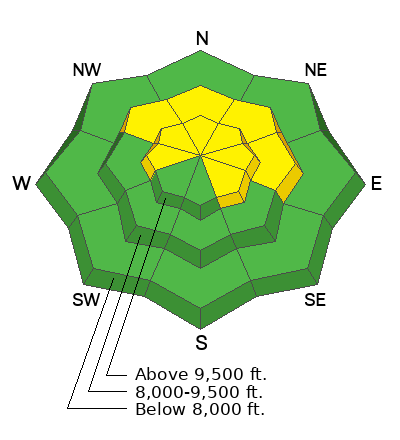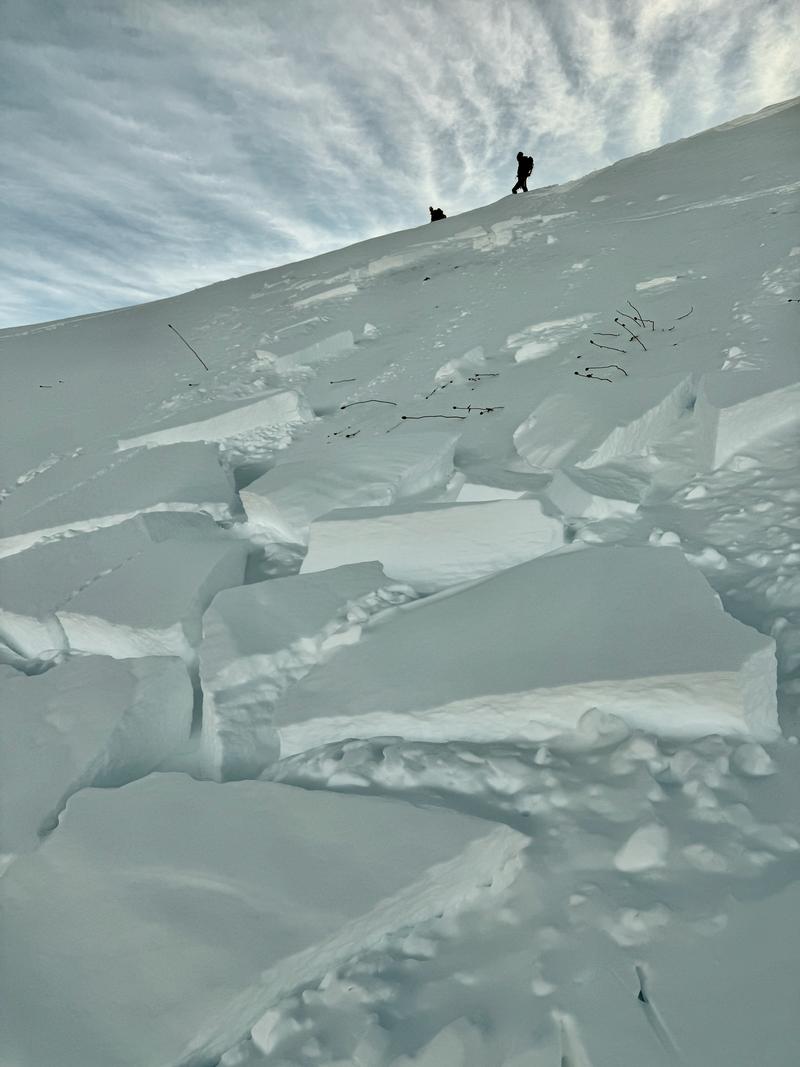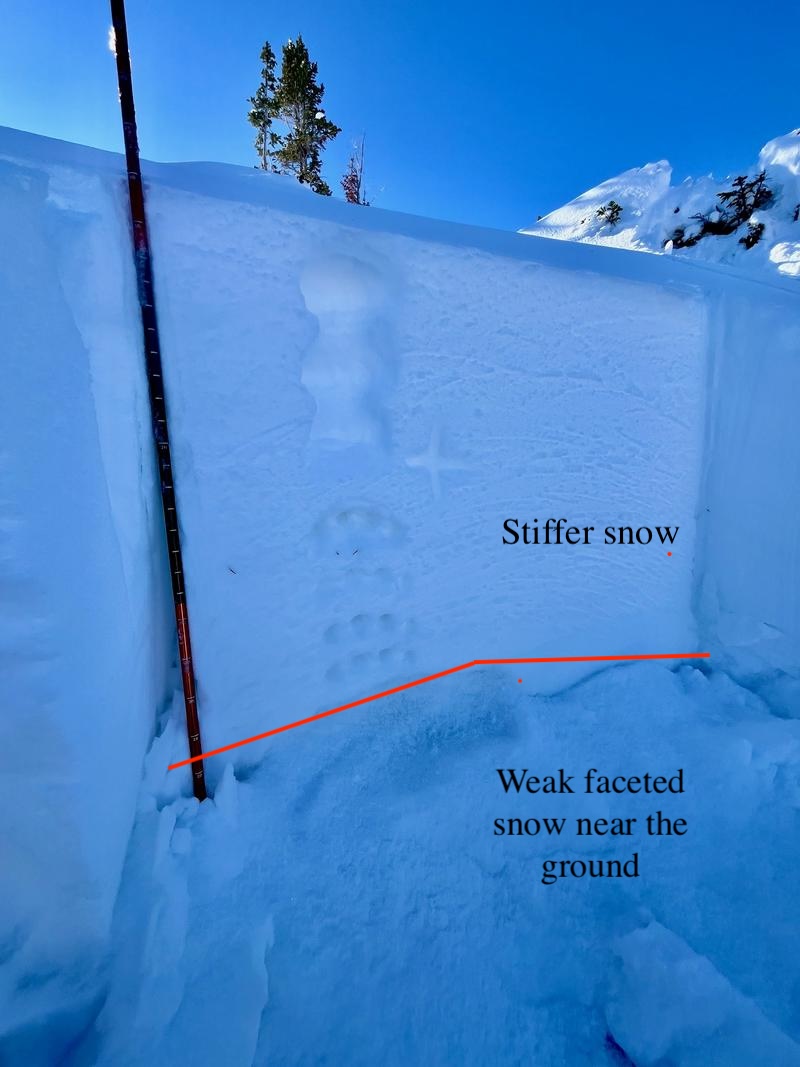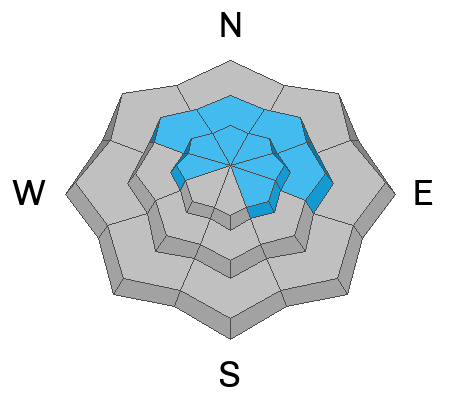Forecast for the Salt Lake Area Mountains

Issued by Dave Kelly on
Sunday morning, December 1, 2024
Sunday morning, December 1, 2024
The avalanche danger is MODERATE on slopes facing northwest through north and east at the mid and upper elevations and on upper elevation southeast and west facing aspects where it may be possible to trigger an avalanche up to 2' deep and 80' wide failing on a persistent weak layer (PWL) of faceted snow. The avalanche danger is LOW on all other aspects and elevations. You may see small isolated wet loose avalanches on southerly facing slopes with daytime heating.
I will be avoiding any slope over 30° in steepness if the facets are present in the snowpack.

Low
Moderate
Considerable
High
Extreme
Learn how to read the forecast here









